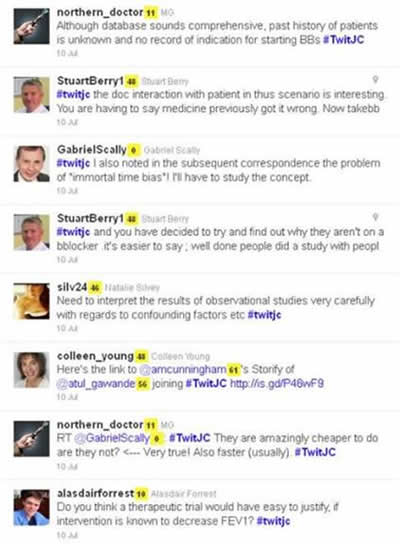Social Media and the Academy: research life cycles, adoption curves and ‘executable journals’
5 Aug, 11 | by BMJ
I recently attended the Fifth Bloomsbury Conference on E-Publishing and E-Publications, entitled ‘Social Media and the Academy: Enhancing and enabling scholarly communication’. There were a variety of talks from scientists, publishers, librarians and archivists; all assessing the role of social media in professional scholarly lives and predicting future trends.
Research life cycles and adoption curves
Professor Ian Rowlands presented the results of a CIBER study that focused on whether social media are impacting on scholarly processes and how influential age and other factors are in shaping the demand for social media. The research life cycle was shown as an 8 stage process beginning with identifying opportunities, finding collaborators, securing support, reviewing literature, collecting research data, analysing research data, disseminating findings and managing the research process. Whilst librarians and publishers tend to get involved towards the final phase of dissemination, Ian suggested that there is a broader role to be played throughout the cycle. His advice was that publishers need to get involved earlier in the scholarly workflow. Microblogging is seen as useful for opportunities, collaboration, literature review, collecting data and, of course, for dissemination. Most people use social media in only one, two or three categories of social media. There are some strong pairings – blogging and microblogging; microblogging and social networking; microblogging and social tagging. more…

 Google started rolling out the ‘+1’ recommend button across its own portfolio and third-party web sites just a day after Twitter unveiled its new ‘follow’ button. Both releases are being viewed as direct competitors to Facebook’s popular ‘like’ button.
Google started rolling out the ‘+1’ recommend button across its own portfolio and third-party web sites just a day after Twitter unveiled its new ‘follow’ button. Both releases are being viewed as direct competitors to Facebook’s popular ‘like’ button.